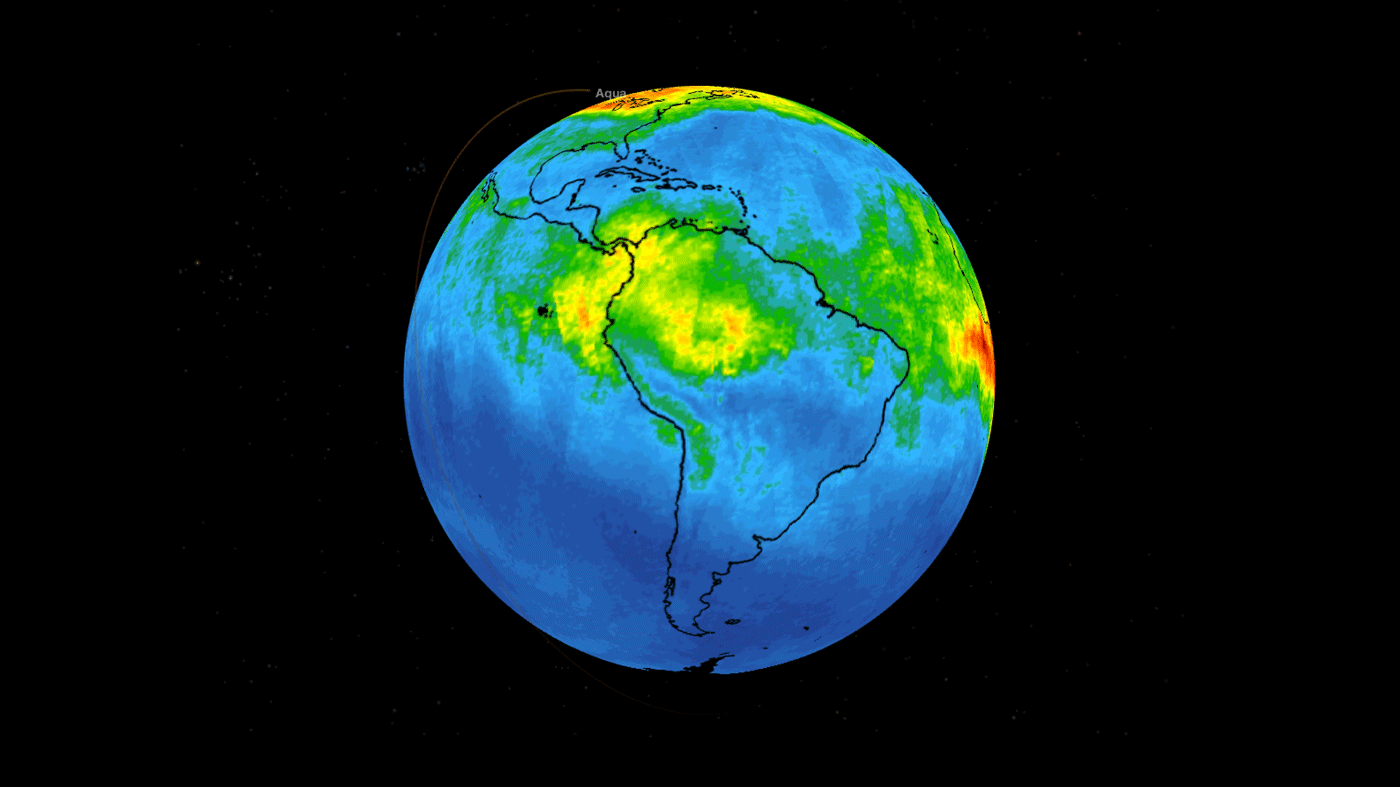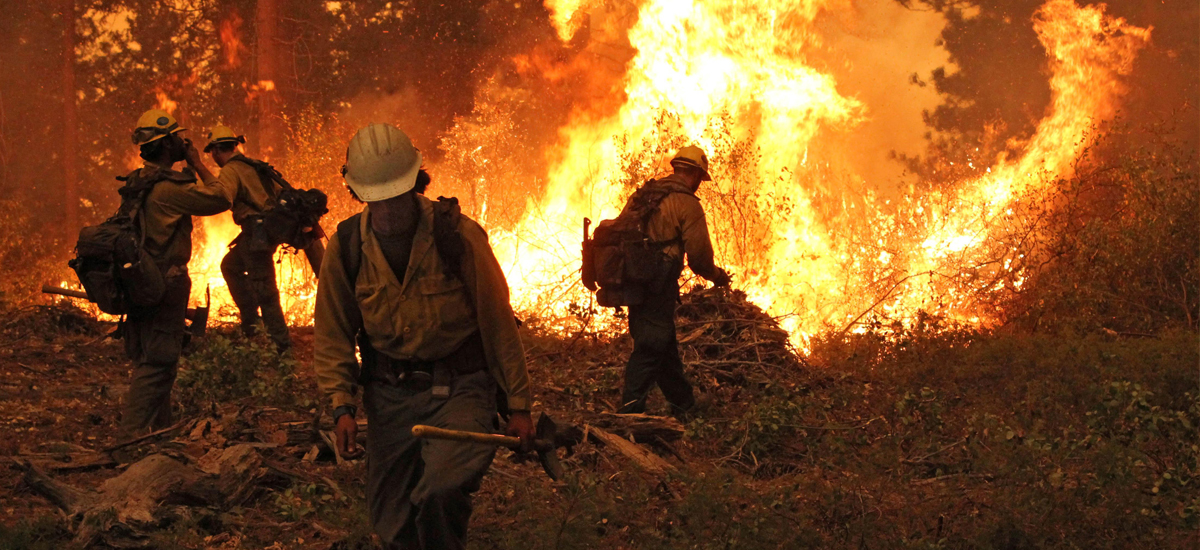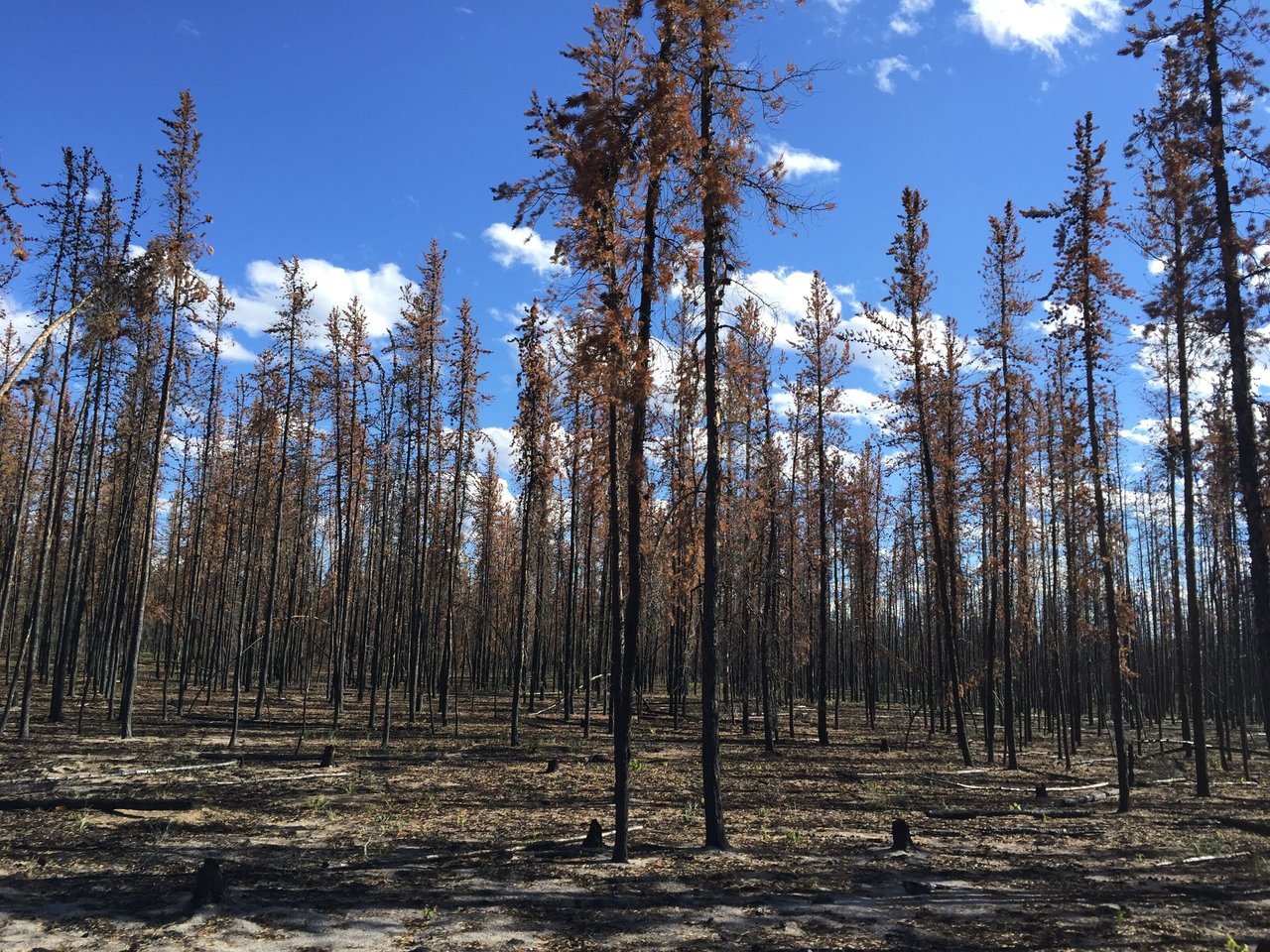Global Wildfires ... Climate Change
 |
| This time series shows carbon monoxide associated with fires from the Amazon region in Brazil from Aug. 8-22, 2019. Made with data collected from the Atmospheric Infrared Sounder (AIRS) on NASA's Aqua satellite, the images map carbon monoxide at approximately 18,000 feet (5,500 meters) altitude. Each "day" in the series is made by averaging three day's-worth of measurements. Credit: NASA/JPL-Caltech. |
"[Hotter, drier temperatures] are going to continue promoting the potential for fire; large, uncontainable fires globally [if warming trends continue]."
"There also is expected to be more lightning [a significant cause of fires in remote areas]."
"This is really the most fire-prone ecosystem globally [the savanna ecosystem north and south of Africa's tropical rainforest]."
"It's the right combination of it being wet enough to have enough fuel and dry enough to burn."
Dr. John Abatzoglou, associate professor, department of geography, University of Idaho
 |
| As the climate warms, moisture and precipitation levels are changing, with wet areas becoming wetter and dry areas becoming drier Union of Concerned Scientists |
The fires kill trees and animals -- along with vegetation that is recognized for their vital qualities of removing climate-warming emissions from the atmosphere. Fire charred roughly 2.4 million hectares of Siberian forest since July-- while in Alaska, fires consumed over a million hectares of tundra and snow forest. Researchers are concerned that the combination of climate change and wildfires might alter the region's forests permanently.

The fact that in the Arctic wildfire situation along with trees and grassland peat, a material in the ground [aeons-old dead plant matter] releases more carbon dioxide per hectare than trees, is also burning. Peat fires in northern climes have been rare because of the moistness of peat bogs, but that moisture appears to be shrinking. Arctic wildfires have a vastly different origin and cause than the fires in the Amazon, which are deliberately set.
In the Amazon, fires clear forested land for farming or livestock grazing, driven by a global demand for soybeans and cattle. Regional deforestation had been on the decline, but latterly the expansion of the farming industry in Brazil has led to concerns of an increase in deforestation rates. Fire has been used traditionally in the Amazon in Indigenous communities in the cultivation of crops. Fire returned minerals and other elements to the soil, enriching it. The fired land would be left fallow, then reused.
The problem is that larger farming models have emerged where industrialized agriculture leads to deforestation and permanent clearance, similar to what is happening in Southeast Asia. There, 71 percent of peat forests across Sumatra and Borneo in Indonesia and peninsular Malaysia have vanished between 1990 and 2015. The forests to be replaced by farms producing palm oil used in industrial food industry production.
Fires driven by rising temperatures that dry plants making them more ignition-prone are a distinct concern, with researchers describing the heat as a climate change signal in regions where the warming has been swifter than elsewhere on the planet. Areas of Alaska broke records this summer, with Anchorage reaching a high of 32 degrees Celsius in July as compared to the average temperature of 24 degrees.
Soot produced by burning peat -- rich in carbon -- settling on nearby glaciers where the ice absorbs the sun's energy instead of reflecting it, speeds the melting of the glaciers. California's wildfires are held like much of the West and Southeastern United States to be the result of a fire-adapted ecosystem where landscapes have evolved to tolerate fire. Lodgepole pine, common in the Western United States, requires heat from wildfires to release seeds and produce new forests.
 |
| The 2014 fires in Canada’s Northwest Territories burned more than 7 million acres of boreal forest, mainly comprised of cone-bearing trees like these jack pines. The fires released nearly 104 million tons of carbon into the atmosphere. Credit: NASA / Xanthe Walker, Center for Ecosystem Science and Society at Northern Arizona University |
Labels: Climate Change, Environment, Nature, Wildfires

<< Home